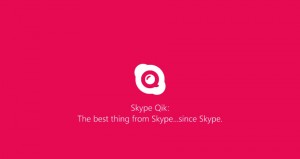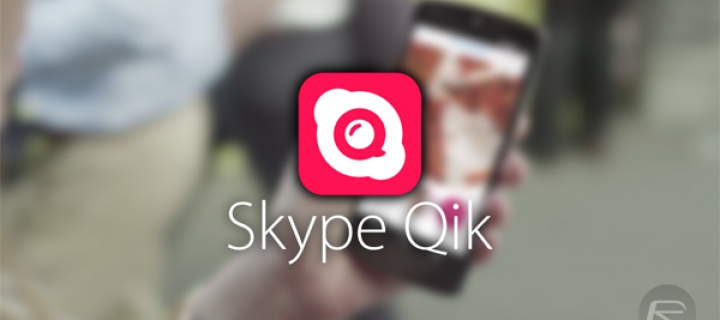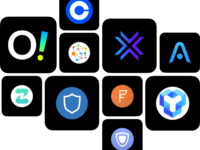Qik was founded by Ramu Sunkara, Bhaskar Roy and Nikolay Abkairov in 2007. Qik had two primary offerings a mobile based live video sharing web site and a two-way video conferencing application that allowed users to stream live video from their cell phones to the internet. Qik allowed users to directly record and upload videos from compatible cell phones. Qik was purchased by Skype in 2011 for 150 million dollars. Qik as an independent application was shut-down on April 30th, 2014. Skype thereon released Skype Qik the much-anticipated successor to the widely popular Qik application on 14th October 2014.
Skype Qik is a video messaging service that was created by skype using the core technologies it gained while acquiring Qik. The service is available on Android, iOS and windows phone devices and allows users to exchange video messages with each other or in groups.

There is a wide variety of video messaging applications available today, whether it be FaceTime on iOS devices or the widely popular SnapChat. However, Microsoft is banking on the simplicity of this application and the popularity of Skype to make its own service popular. Truth be told, Skype Qik couldn’t be simpler if it tried. To use its services, all we have to do is download the application and register on it using our mobile number. Once you’ve signed up you can message your friends almost as if you’re texting, but it’s all video. There is no chat, no audio nothing, just plain and simple video messages. If you happen to send a message to a friend who does not have the Skype Qik application She/He will receive an SMS with instructions on how to download the application and then view the message.
Skype Qik is fast and easy to use. Once on the home screen all we have to do is swipe down and you’re thrown into the video messaging interface wherein you can easily change between the primary and secondary camera. There is no preview or uploading time for the video. You have a 42 second-time frame to record the video. The video is then received in a square box by the intended recipient or group.
What sets Skype Qik apart from its competitors is that you have control over the messages once you have uploaded them. Once you’ve sent the message you have the option of deleting the message, upon deleting the message will also be erased from the phones of the recipient or recipients in the case of a group message. Skype Qik auto deletes all messages after two weeks of the message being sent. There is no way of actually saving the videos that have been shared on the application yet.
Skype Qik has a simple UI, convenience of mobile number registration and cross-platform compatibility. It was a combination of these very elements that helped Whatsapp reach a user base of over 500 million. For most people, video messaging will be just another feature in the mobile messaging app, but in a word where consumers are more than willing to share every moment of their life in a picture or a video, perhaps Skype Qik is perfectly positioned to exploit that very need and gain popularity.






